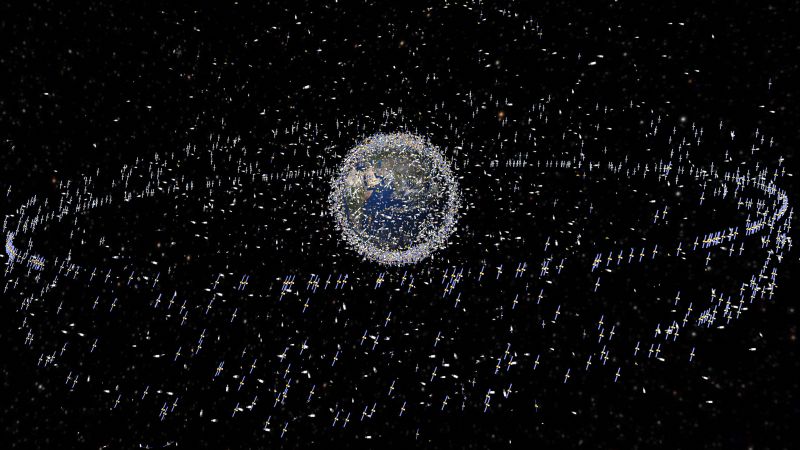In recent years, the exploration of space has drawn immense public interest and spurred numerous technological advancements. While these endeavors unveil the wonders of the universe, they are accompanied by a series of complications that merit attention. One significant player in this domain is SpaceX, known for its ambitious plans to transport humans to Mars. Each launch from South Texas showcases spectacular rocket maneuvers. However, this progress also triggers serious concerns, particularly regarding the noise generated by the immensely powerful Super Heavy rocket booster. The sonic boom produced during its landing is noticeably loud, prompting research into potential environmental risks and threats to human hearing.
As the frequency of SpaceX launches increases, experts highlight the need to assess the impact of this noise pollution. The challenges do not end with sonic booms; they extend deeper into a pressing issue of space debris. Recently, a substantial fragment of a space object made landfall in a remote village in Kenya, drawing attention to the broader problem of objects circling our Earth. The alarming reality is that there are tens of thousands of identifiable pieces of space junk orbiting our planet, alongside an estimated millions more that currently elude tracking and detection.
Dr. Vishnu Reddy, a professor of planetary sciences at the University of Arizona, emphasized the escalating nature of space debris. He noted that the pace at which objects have been launched into space over the past four years has surged exponentially. The scientific community is particularly wary of a hazardous scenario known as Kessler Syndrome, where collisions in space could produce further debris, thereby rendering Earth’s orbit increasingly congested. Such a predicament could hinder satellite functionalities and future space missions. Although space traffic is not at an emergency level just yet, experts stress the importance of addressing these concerns in a timely manner to prevent dire consequences.
Meanwhile, the world of biological sciences continues to unravel remarkable discoveries. Researchers have made significant strides in understanding one of Earth’s oldest animals, the comb jelly. These creatures exhibit an extraordinary ability to merge their bodies, including their nervous and digestive systems, allowing them to function as a single organism. Injured comb jellies displayed a capacity for fusion, and time-lapse imagery revealed how adeptly they could synchronize their muscle movements, enhancing their chances of survival. This fascinating example in the animal kingdom raises questions about biological adaptations and survival mechanisms.
Another intriguing scientific discovery centers on climate history. Researchers have identified the location of a mysterious volcano responsible for a catastrophic climate shift in 1831. This eruption, deemed one of the most powerful of the 19th century, emitted massive amounts of sulfur dioxide into the atmosphere, resulting in a temperature drop of approximately one degree Celsius for the Northern Hemisphere. Analysis of ice cores from Greenland allowed scientists to trace volcanic glass shards back to this event, ultimately mapping the trajectory of particles to zero in on the Zavaritskii volcano located on Simushir Island, part of the Kuril Islands archipelago.
On an ecological note, the recent marine heat wave known colloquially as “the Blob” caused a devastating loss of seabird life in Alaska, highlighting the fragility of ecosystems. Approximately 4 million common murres, representing half of Alaska’s population of this species, succumbed to the heatwave’s effects. This shockingly high mortality rate emphasizes the significance of these seabirds as predators in the marine food web and draws vivid comparisons to broader societal impacts, illustrating the scale of such mortality akin to losing half the population of a major city in a single season.
Additionally, the scientific community celebrated the discovery of numerous previously unknown species, such as a tiny seahorse relative and a vegetarian piranha inspired by a “Lord of the Rings” character. These findings unveil the biodiversity of our planet, reinforcing the importance of marine exploration and conservation.
As the scientific world continues to evolve and make strides, preparedness and adaptability remain essential. From monitoring space debris to preserving ecological integrity, the responsibilities of modern science are profound and far-reaching. This synthesis of knowledge encourages us to recognize and mitigate the risks we face as we explore both the cosmos and our own planet’s ecosystems.



